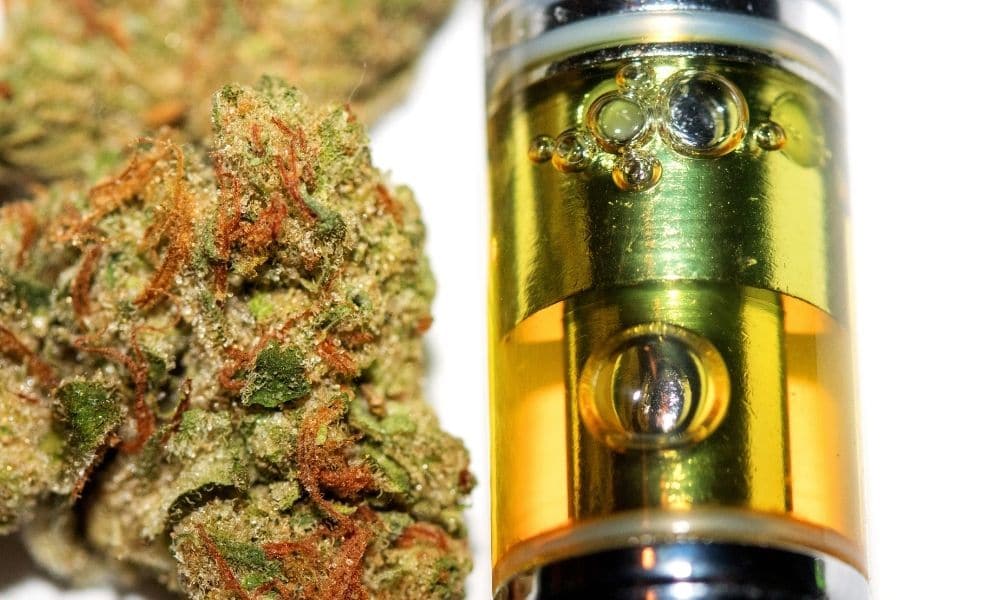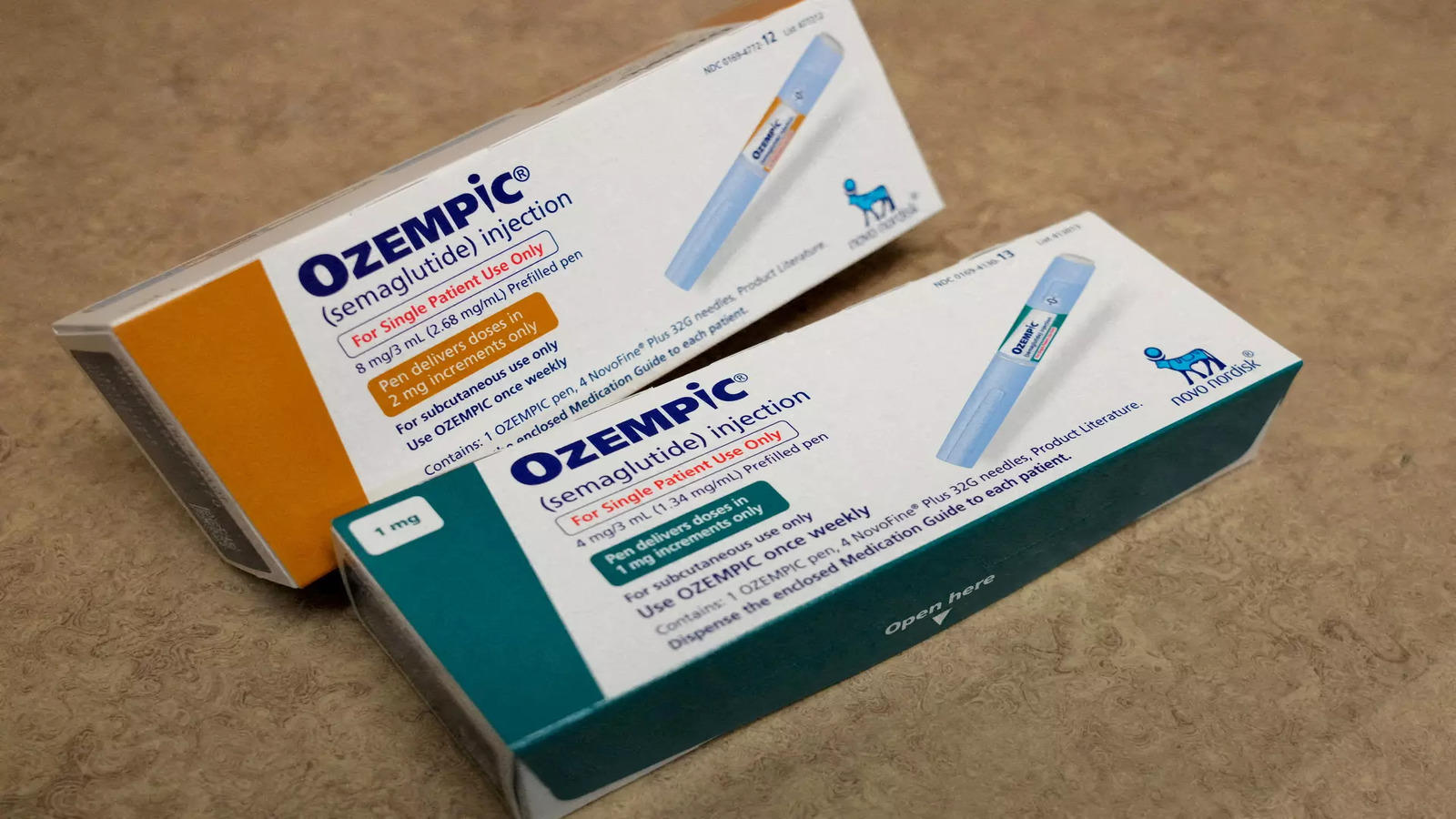Motivations driving increased adoption of weed pens and vaporizers include reducing the health hazards associated with combusting and inhaling smoked cannabis. Proponents argue that heating dried botanicals, oils, or waxes below points of combustion produces significantly less particulate matter, tar, and gases chemically linked to respiratory irritation and cell damage. Both tobacco and cannabis smoked via combustion release various chemical byproducts called pyrolytic compounds absent in unburnt material. Studies implicate these combustion metabolites like hydrogen cyanide or benzene in instigating inflammation, mucus production, and lung cell toxicity. It contributes to chronic damage over time.
Vaporizing avoids creating these chemical transformations by gently heating cannabis mixtures below ignition temperatures even when inhaling substantially. Dramatic reductions in toxins and particles that mark smoked cannabis make vaporizing seemingly preferential for lung health. Users report considerably less throat irritation and coughing in addition to supporting biological signs of reduced harm from vaporizing overall. The clear empirical links between cannabis vaping and definitive clinical pathologies are sufficient at this stage. Legally ambiguous status greatly hinders randomized control trials in humans measuring decades of moderate vaping’s impacts across diverse health markers.
And risks potentially unique to vaping exist like exposure to metals from heating coils/solder or buildup of glycerin-based carrier liquids in lung tissue. The benefits of avoiding combustion byproducts may trade for alternative concerns still needing assessment. More high-quality longitudinal research directly comparing health outcomes of users preferring either smoking or vaping remains sorely lacking overall to make definitive claims presently.
Customization for patient needs
Nonetheless for patients who medically recommended cannabis, anecdotal preferences strongly favor weed pen customization options compared to recurring throat trauma inflicted by smoking. Detailed temperature tuning further allows patients to target specific cannabinoid boiling points for bespoke symptom relief unavailable from flames. Doctors increasingly recognize vaporizing’s flexibility meeting a wider array of therapeutic needs efficiently. It proves especially true for populations with preexisting respiratory conditions making smoking untenable. Alongside ingestibles, weed pens provide alternative paths to relief where combustion rightfully worries physicians.
Black market pens
A surge in acute hospitalizations and injuries associated with vaping has been linked to vitamin E-contaminated cartridges purchased illegally with little quality control. It illustrates how avoiding regulations through underground channels undermines individual safety fundamentally – and fuels opposition arguments against legalization efforts politically. So while the technology holds medical promise, establishing consistent manufacturing protocols, testing policies and labelling transparency remains paramount to building confidence in safety gains. Standardizing hardware safety and vape purity through permitted legal channels helps valorize the improvements possible against status-quo smoking risks when applied conscientiously. But the market remains very much “buyer beware” at the moment for all users amidst growing pains.
Necessity of responsible use
Like any therapeutic tool, utilizing vaporizers with care requires carefully monitoring personal reactions across time accompanied by transparent guidance from credentialed clinicians. Their scientific knowledge of physiological mechanisms helps identify any adverse patterns manifesting uniquely across individual biologies. Monitoring programs also provide accountability to prevent the manifesting of addictive behavioral risk factors through access convenience.
Combining weed pen benefits with moderated conscientious use and high-quality sourcing gives harm reduction initiatives the greatest probability of success. Rushing towards replacements without caution risks wasting opportunities for positive change or triggering unintended consequences from new variables introduced unconsciously. In the right hands, however, vaporizing technology can provide a legitimate alternative to more dangerous cannabis delivery methods.






